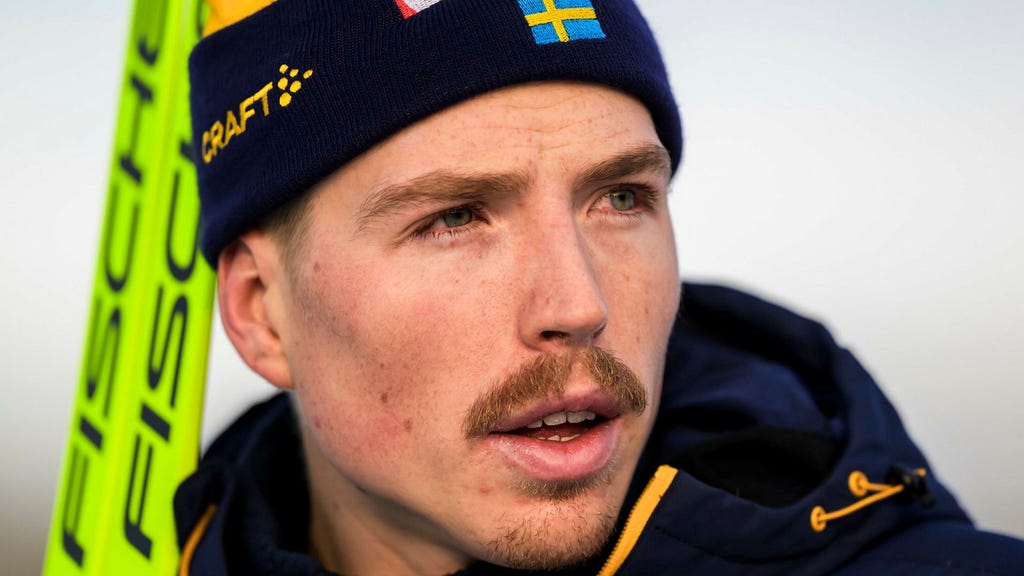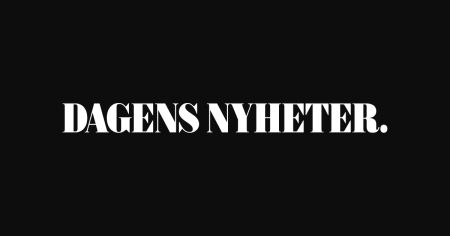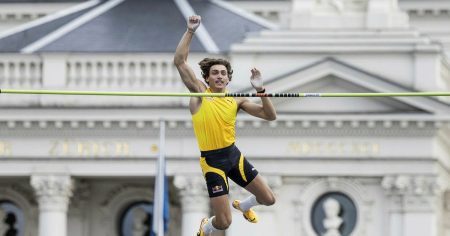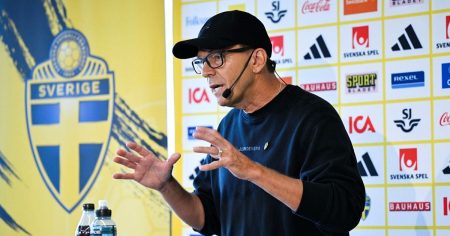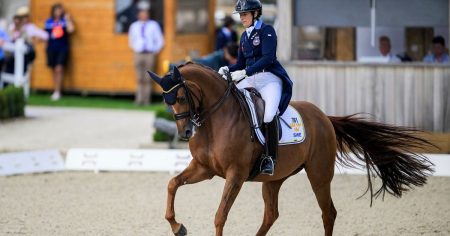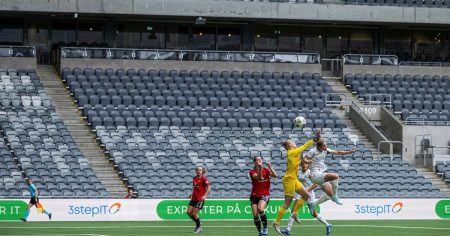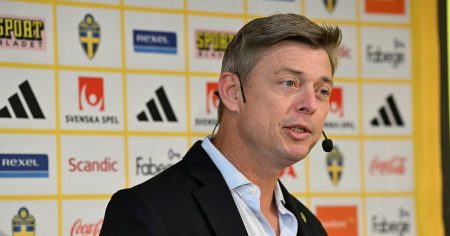Paragraph 1: Poromaa’s Early Promise and Sudden Collapse:
The 20-kilometer classic cross-country skiing World Cup race in Davos began with a display of remarkable strength from Sweden’s William Poromaa. He took an early lead, setting a blistering pace that put him at the forefront at the 4.1-kilometer mark. However, Poromaa’s promising start took a dramatic turn for the worse. By the 11.3-kilometer checkpoint, he had fallen drastically behind, trailing the leaders by over 50 seconds. The situation deteriorated further, as his name vanished from the timing updates at subsequent checkpoints. Shortly thereafter, the devastating news arrived: Poromaa had withdrawn from the race.
Paragraph 2: Poromaa’s Frustration and Disappointment:
The abrupt end to Poromaa’s race left him deeply disappointed and frustrated. In a post-race interview with Aftonbladet, he expressed his anguish, describing the feeling as if his body had suddenly shut down. The unexpected nature of the setback left him struggling to understand what had gone wrong, and he admitted to feeling a surge of anger and helplessness. The incident highlighted the challenges Poromaa continues to face in reaching his full potential, leaving him significantly behind where he aspires to be. His words conveyed a sense of profound disappointment in himself and a desperate desire to overcome the obstacles hindering his progress.
Paragraph 3: A Two-Man Battle for Supremacy:
With Poromaa out of contention, the race for victory transformed into a captivating duel between Finland’s Iivo Niskanen and Norway’s Martin Løwstrøm Nyenget. Niskanen entered the competition as the sole non-Norwegian victor in the men’s World Cup this season, adding an extra layer of intrigue to the head-to-head battle. However, it was Nyenget who ultimately emerged triumphant, securing Norway’s eighth consecutive World Cup victory. This marked the 32-year-old Norwegian’s second victory of the season, solidifying his position as a dominant force in the sport.
Paragraph 4: Nyenget’s Victory and the Podium Finishers:
Nyenget’s victory was a commanding performance, crossing the finish line 13.1 seconds ahead of Niskanen. France’s Hugo Lapalus rounded out the podium, finishing in third place, 35.1 seconds behind the winner. Nyenget’s win not only extended Norway’s winning streak but also showcased his individual prowess and ability to perform under pressure. The race demonstrated the continued strength of Norwegian skiing, while also highlighting the persistent challenge posed by Niskanen. Lapalus’s podium finish signaled his emergence as a contender, adding further depth to the field of elite cross-country skiers.
Paragraph 5: Gisselman Emerges as Top Swede:
In the absence of Poromaa, Truls Gisselman stepped up to become the highest-placed Swedish skier in the Davos competition. The 23-year-old delivered a career-best performance on the World Cup stage, finishing in a commendable eleventh place. While still 1 minute and 49.7 seconds behind the victorious Nyenget, Gisselman’s result represented a significant breakthrough for the young skier. His strong performance offered a glimmer of hope for the Swedish team amidst the disappointment of Poromaa’s withdrawal.
Paragraph 6: A Day of Contrasting Fortunes:
The Davos World Cup race proved to be a day of stark contrasts for the Swedish team. While Poromaa’s early promise was abruptly extinguished by his untimely withdrawal, Gisselman’s career-best performance provided a much-needed silver lining. The race underscored the unpredictable nature of cross-country skiing and the delicate balance between triumph and disappointment. Poromaa’s struggles and Gisselman’s success served as a reminder of the challenges and opportunities that define the sport, leaving both athletes with valuable lessons to carry forward in their respective careers. For Poromaa, the focus will be on understanding and overcoming the physical issues that led to his withdrawal, while Gisselman will aim to build on his breakthrough performance and establish himself as a consistent force on the World Cup circuit.





